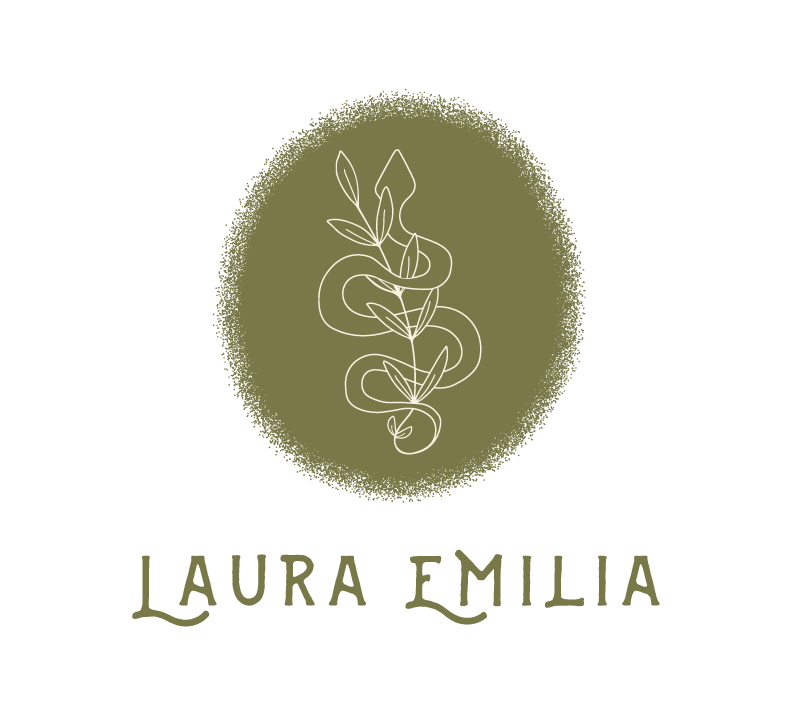Why you don’t always want to be calm, relaxed and at ease…
There is a misconception in the current trend of wanting to calm down the nervous system all the time... that we should always be in our parasympathetic instead of sympathetic - also known as the flight or fight response.
The fight-or-flight response aka acute stress response refers to the physiological reaction that occurs in the presence of something mentally or physically terrifying.
This response is triggered by the release of hormones that prepare your body to either stay and deal with a threat or to run away to safety.
The sympathetic nervous system promotes the fight-or-flight response, while the parasympathetic nervous system helps calm the body once the threat is gone. The fight-or-flight response is critical in dealing with stress and danger in our environment. When we are under threat, the answer prepares the body to either fight or flee. By priming your body for action, you are better prepared to perform under pressure.
A healthy nervous system can move through the activation of an arousal state and deactivation. The body responds rapidly to stress, returning to a relaxed state can take 20 to 60 minutes; so Relaxing on command is physiologically impossible. Also, Sometimes we simply need to release, move, express and mobilise what is alive for us.
The issue is when your sympathetic nervous system is stuck in overdrive or when the threat is long-term or nonexistent, but the response is still constantly looping; this is when it’s essential to seek support from a trained somatic therapist. Having the tools and the right practitioners is key to learning how to regulate and repattern.
Ideally we want to become masterful at surfing the waves of chaos for our most profound aliveness and step away from needing to control every facet of our life. It’s a way of living and embodying the wholeness of you that brings forth the fullness of you with depth, beauty and connection.

